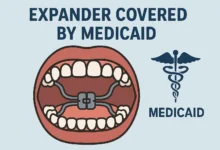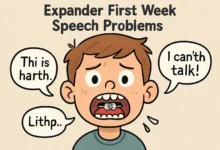Expander First Week Speech Problems: Tips for Adjusting to Your New Appliance
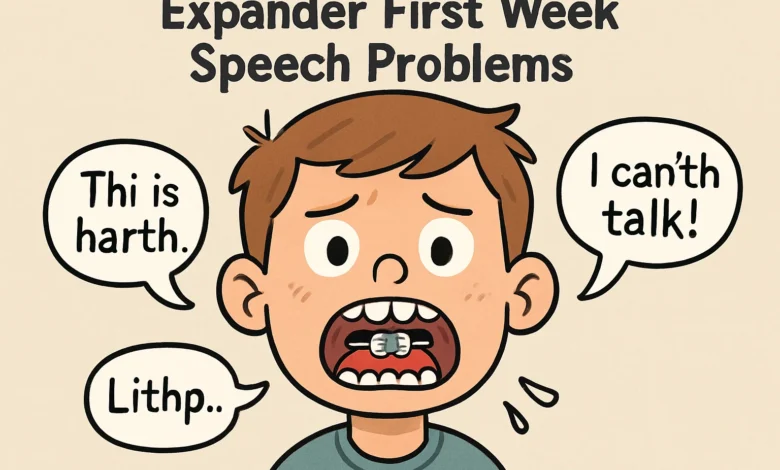
Expander First Week Speech Problems: Your Guide to Navigating the Adjustment Period
Fact: More than 70 per cent of children undergo observed changes in speech, of which a severe lisp, in the first week of expander use. When your child has just received his/her expander and is now having a hard time to speak properly, you are not alone, and that is certainly not the end of the road.
It is a concern to observe your child struggling with expander first week speech problems. You have spent on this orthodontic care on their long term health and this is frustrating at the moment. This is a handy manual to unravel this arduous process of adjustment. We will also discuss the precise reason why speech is impacted, give you a realistic timeline of improvement and will give you practical and expert-approved strategies that will enable your child to adjust fast and to feel confident. This is your guidebook on the way to articulate yourself again after the first lisp.
Why Does a Palatal Expander Cause Speech Problems?
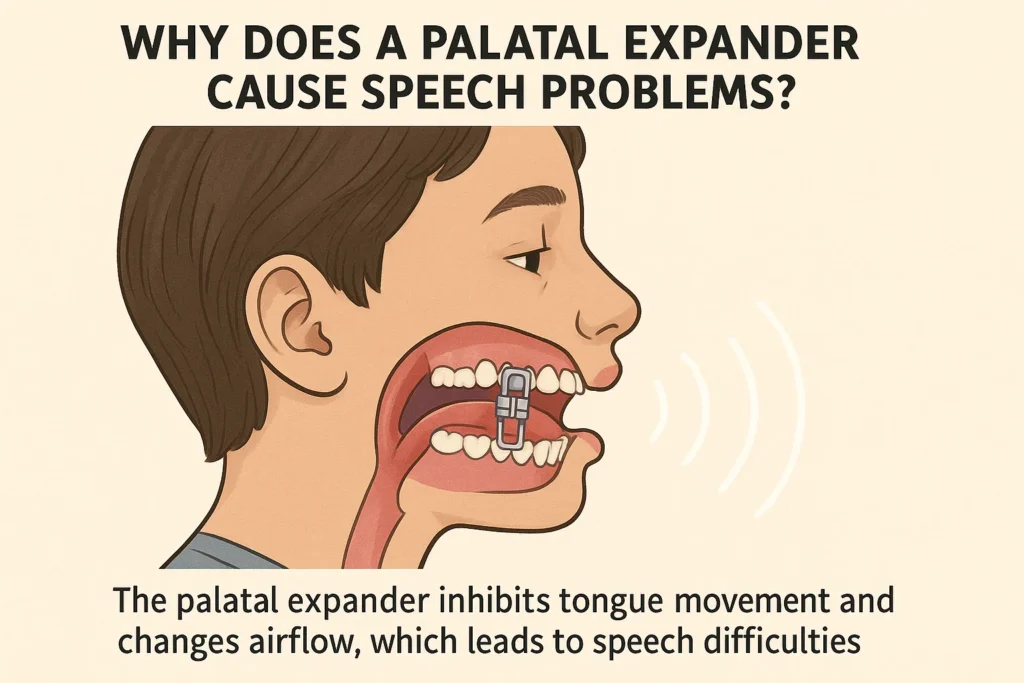
You must know what an expander is, before you can know the difficulties in speech. A palatal expander is a fixed orthodontic device that exerts pressure on two halves of the upper jaw, and expands the palate after some time. This gives additional space to crowded teeth and is able to correct crossbites.
But the same construction directly intrudes into the complex mechanics of speech. Here’s how:
- It Physically Occupies the “Articulation Zone”: The expander lies against the roof of the mouth, a major point of contact with the tongue in making some sounds (such as t, d, s, and z and sh). The appliance is placed so that the tongue is prevented by the physical block of the appliance to make its usual, accurate contact.
- It Modifies Oral Sensation: The mass of the expander and the screw mechanism of the centre modify the sensation of the mouth. The tongue, which depends on the feeling of touching to do so appropriately, is now moving through unknown space.
- It Can Temporarily Decrease Tongue Space: At least at the beginning the appliance will make the mouth feel crowded, which will limit the unrestricted operation of the tongue in speech.
Expert Insight: “The tongue is a creature of habit. It has made the same movements for speech thousands of times a day for years. An expander is like suddenly placing a large rock in the middle of a well-practiced dance floor. The dancer (the tongue) needs time to learn new steps to avoid tripping.” – Dr. Elena Martinez, Orthodontic Specialist.
The First Week: What to Realistically Expect
The initial 5-7 days are typically the most challenging. During this period, it’s normal for your child to experience a range of changes beyond just speech.
Common Speech Issues
- Prominent Lisp: This is the most reported issue. This sound /s/ and /z/ are some of the most impacted sounds as the tongue is not able to get to the right place in the palate, this produces a sound that sounds like a th (a frontal lisp).
- Muffled (or Slushy) Speech: Pronunciation of sounds may not be clear and may be produced in the mouth even deeper.
- Problem with T and D: These are sounds that involve the tongue tip to touch the alveolar ridge (the space behind the front teeth) which is now blocked.
- Eschewing Conversation: Frustration and self-consciousness will lead to some children being quieter than usual.
Other Normal First-Week Challenges
- Discomfort and Pressure: Especially after the initial activation and subsequent turns.
- Excessive Salivation: The mouth treats the appliance as a foreign object and produces more saliva initially.
- Difficulty Eating: Chewing requires relearning, and food will get stuck around the expander.
Your Action Plan: 5 Proven Strategies to Improve Speech with an Expander
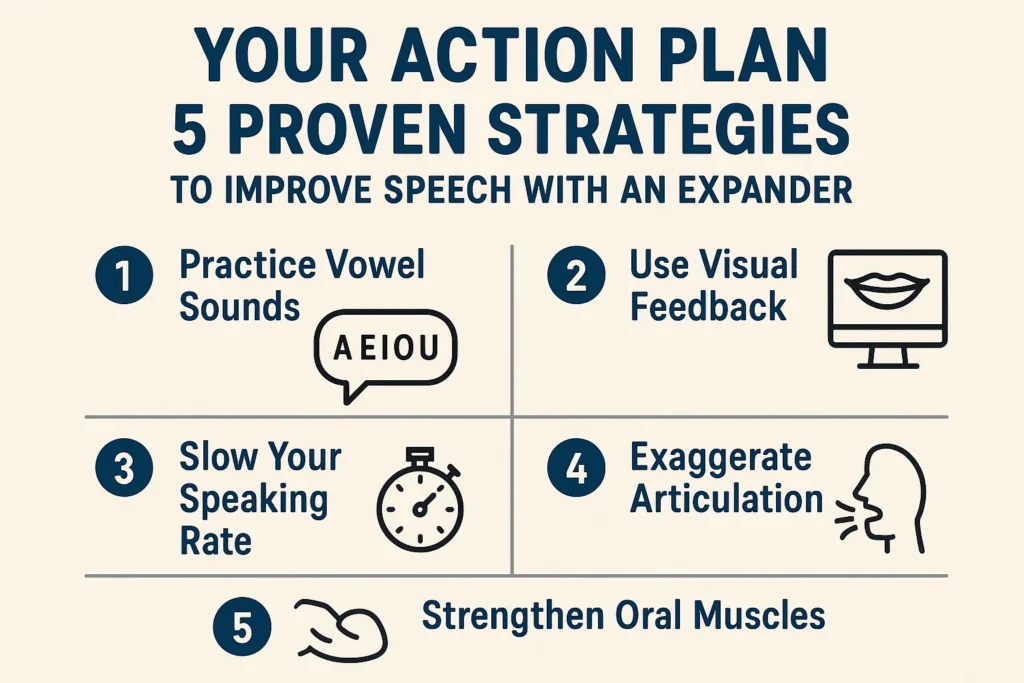
Proactive practice is the fastest path to clear speech. Here is a step-by-step guide you can start implementing today.
- Encourage Constant ConversationThe most effective treatment is nothing but chatting. You should encourage your child to talk as much as he/she can even when it is not easy to do it. Their brain and tongue will become accustomed to this sooner the more they practice with their mouth muscles with the expander in. A very successful and well structured way of doing this is to read aloud, 15-20 minutes a day.
- Introduce Targeted Tongue TwistersTurn practice into a game. Tongue twisters force precise tongue movements. Start slow and focus on clarity, not speed.
- For “S” and “Sh”: “She sells seashells by the seashore.”
- For “T” and “D”: “Twelve twins twirled twelve twigs.”
- For “L” and “R”: “Red lorry, yellow lorry.”
- Practice in Front of a MirrorGet your kid to observe his or her tongue and mouth movements when he or she is talking. This visual response makes them consciously change their articulation to manoeuvre around the appliance.
- Concentrate on Reduced Speaking Traffic and Speech.Dashing will not alleviate the situation. Make your child reduce his/her speech speed and pronounce every word clearly. It will be clear with practice and it will be fast after that.
- Ensure Proper HydrationSpeech is even harder as there is an overly dry mouth. The expander is already capable of influencing the flow of saliva. Maintain the adequate hydration of your child to make his tongue move easier.
What’s Normal vs. When to Seek Help
It’s important to distinguish between typical adjustment issues and signs that might warrant a conversation with a professional.
| Normal (First 2-4 Weeks) | Consider Consulting Your Orthodontist or an SLP |
|---|---|
| A noticeable lisp on “S” and “Z” sounds | Speech is completely unintelligible to familiar listeners after 2 weeks. |
| General muffled or “slushy” speech quality | Your child is in significant pain when speaking or moving their tongue. |
| Minor frustration and self-consciousness | The frustration leads to school refusal, social withdrawal, or severe emotional distress. |
| Gradual, week-by-week improvement | No improvement whatsoever in clarity after 3-4 weeks of consistent practice. |
| Sounds improving at different rates | Development of a new, atypical speech pattern not present before the expander. |
The Role of Speech-Language Pathology (SLP)
Your orthodontist might in certain instances refer you to a few sessions with a Speech-Language Pathologist (SLP). Professional and specific exercises (expanders and speech therapy complement each other) can be offered by an SLP to re-train the muscle memory of the tongue in a more efficient way. This has been viewed as an option among children who had speech problems in the past or those who are especially having a hard time adjusting.
Long-Term perspective: Speech and the Bigger Picture.
It is important to keep in mind that expanders in the mouths of kids produce only short-time speech difficulties, but they are commonly used to address more serious, long-term problems. Narrow palate is in itself a precipitant to a poor tongue posture and articulation issues. The expander will eventually create more space in the palate through which the tongue can perform its roles better, which consequently can make speech clear and breathing through the nose easier in the long term.
Looking at expanders in mouths of children before and after cases, there is more than just strait teeth. It is observed that the before and after palate expander children have better facial symmetry and airway space. The short-term speech problem is a long-term investment into the oral and respiratory health of your child.
Parent Pro Tip: “Record a short video of your child reading a sentence on the day they get the expander. Then, record them again once a week. Watching their own progress back can be a huge confidence booster and a tangible reminder that they are getting better!” – Sarah J., Mother of a 9-year-old with an expander.
Frequently Asked Questions (FAQ)
How long does it take to talk normally with an expander?
A majority of the children improve considerably in 1-2 weeks and become almost adaptive in 3-4 weeks. To others, speech can take as long as 2 months before sounding completely natural, particularly on more difficult phonemes such as “S” Practice consistency is the most important criterion.
Will my child always speak with the expander then?
Nay, the lisp is near always temporary. The brain is exceptionally flexible (the process so-called neuroplasticity). The tongue also gets used to new and accurate placement in order to make clear sounds even despite the appliance, through practice. The stammering must be forgotten, and your child will grow used to it.
My child is refusing to talk. What should I do?
The first step is to confirm their emotions. Make them feel that there is nothing wrong with being frustrated. Next, open up chances to talk, such as reading a book in unison, where the only each one has to speak is one line per character, or having silent car conversations where they do not feel that they are being stared at. Do not pressurize them since it heightens anxiety.
Will an expander not help the speech in the long run?
Yes, absolutely. A palate expander can fix problems associated with the underlying skeletal structure by fixing a small palate and providing sufficient room where the tongue can rest and adequately articulate. This may result in improvement of pronunciation and even nasal breathing.
Is it advisable to inform the teacher regarding the expander of my child?
Yes, this is much advised. The misunderstandings in the classroom can be avoided by a simple email or a note that explains that your child had a new orthodontic appliance that might cause some temporary problems with their speech. Majority of teachers are highly accommodative and they are able to help in participation without pressure.
Are there better expander types to speech?
Other designs, such as a partial expander which does not cover so much of the palate, may initially be somewhat less dramatic in effect. The kind of the expander applied is however dependent on the orthodontic issue being addressed rather than its effects on the speech. It is the orthodontist who will select the most efficient appliance to use in the case of your child.
Hydrogen Peroxide Whitening Safe or Not? What You Need to Know
Conclusion: Patience and Practice Lead to Progress
To overcome the speech issues of the first week of the expander, one has to have a concoction of empathy, patience, and active practice. The first stammering and despondency is a natural, expected thing–a symptom that the machine is installed and is working. When you comprehend the reason why the changes in speech occur and apply the viable solutions provided in this guide, you will be able to effectively guide your child through the change.
Keep in mind, this should be a short step on the way to the healthy smile and improved oral functioning. Remember long-term expander before and after objectives, congratulate on even minor improvements in speech on a daily basis, and remember that your support makes your child have a clear voice again, which can be even stronger than it used to be.
Your Next Step: In case you still have concerns regarding the adaptation of your child, then your orthodontist should always be your point of contact. This is because they are able to verify whether the appliance is fitting properly and assure you that things are going as planned.


